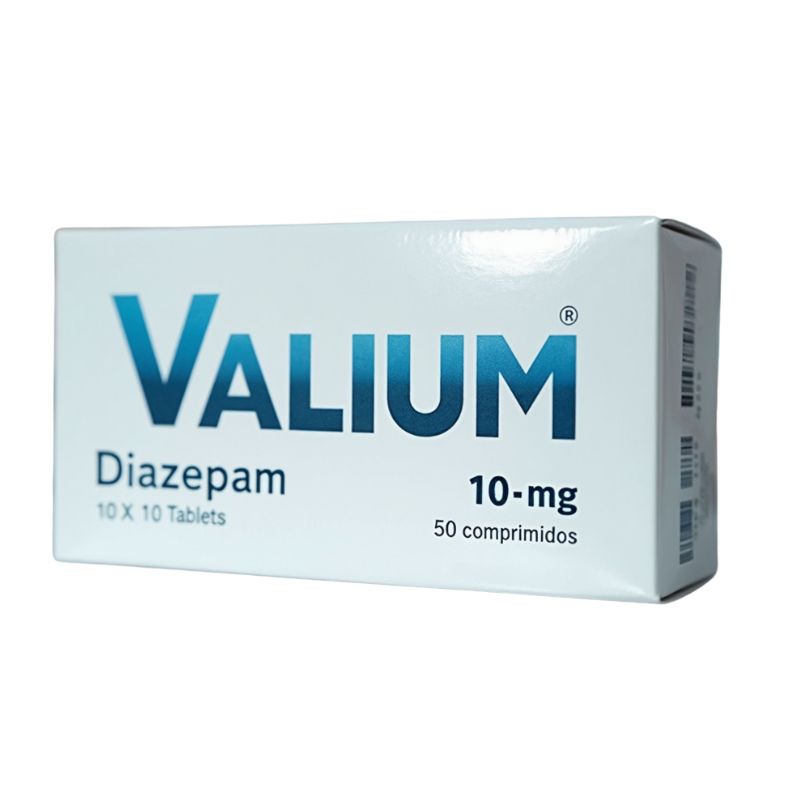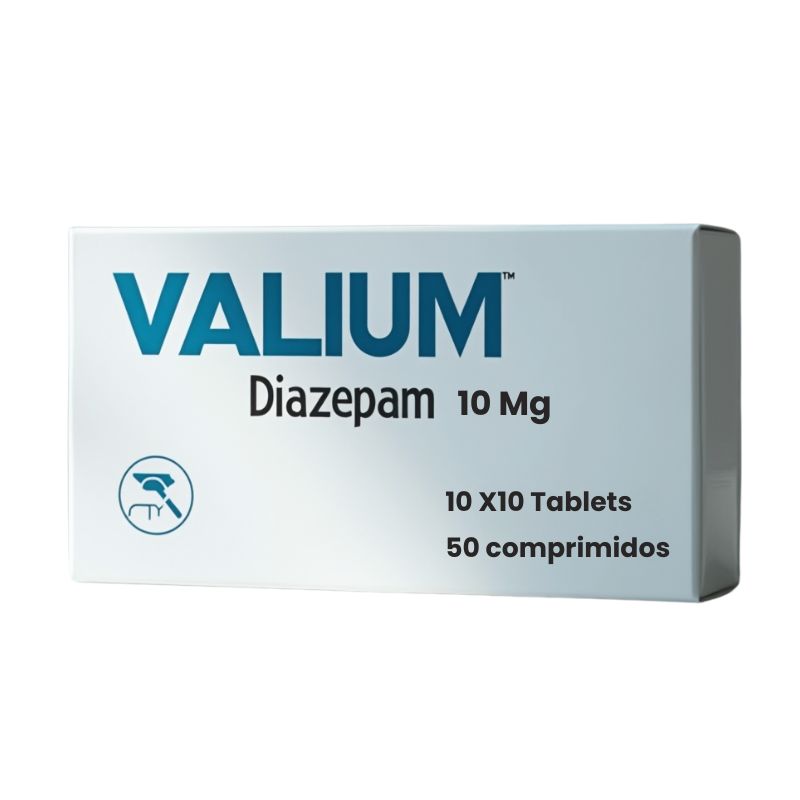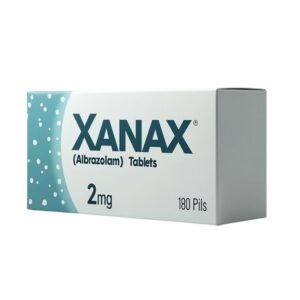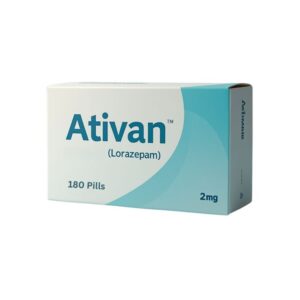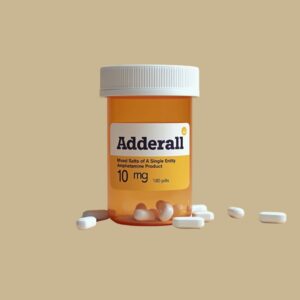Valium (Diazepam)
Generic Name: Diazepam Brand Name: Valium Drug Class: Benzodiazepine Controlled Substance: Schedule IV (U.S.) Forms Available: Oral tablets, oral solution, injectable, rectal gel Common Strengths: 2 mg, 5 mg, 10 mg tablets Routes of Administration: Oral, intravenous (IV), intramuscular (IM), rectal
Overview
Diazepam, which is sold under the brand name Valium, is a long-acting benzodiazepine that is often prescribed to treat anxiety disorders, muscle spasms, seizures, alcohol withdrawal symptoms, and to make people sleepy before surgery. It works by making gamma-aminobutyric acid (GABA) work better. GABA is a neurotransmitter that slows down brain activity and makes you sleepy, relaxes your muscles, and feel less anxious. Valium has been used a lot around the world since it was first made available in the 1960s because it works well, starts working quickly, and lasts a long time. Even though there are newer options, Valium is still one of the most well-known drugs for treating a wide range of conditions affecting the central nervous system (CNS).
Mechanism of Action
Valium (diazepam) works as a medicine by changing GABA-A receptors in the brain. GABA is an inhibitory neurotransmitter that stops neurons from firing too quickly. Because diazepam boosts GABA’s natural calming effect,
- Anxiolytic (helps with anxiety) effect
- Effects on sleep and hypnosis
- Activity against seizures
- Relaxation of muscles
Because it works in so many ways, Valium can help with a lot of different neurological and mental problems.
Indications and Uses
The FDA approves Valium and frequently prescribes it to patients with the following health issues:
- Anxiety Disorders
- Generalized anxiety disorder (GAD)
- Acute anxiety episodes or panic attacks
- Muscle Spasms
- Having spasticity because of cerebral palsy or a spinal injury
- Acute pain in the muscles
- Seizures
- Used along with other medicines to treat some types of epilepsy
- Help right away for someone who is having a seizure (IV/rectal)
- Alcohol Withdrawal Syndrome
- Helps keep seizures, agitation, and tremors under control during detox
- Drugs for sedation before medical procedures
- Used as a pre-medication to calm people down or put them to sleep before dental or surgical procedures
- Sleep Disorders (off-label use)
- Sometimes prescribed for short-term sleep problems
Dosage and Administration
Dosage must be adjusted for each patient based on their age, health, and how well they respond to treatment. Here are some general rules: Adults:
- 2–10 mg by mouth, two to four times a day, for anxiety relief
- 2–10 mg by mouth, three to four times a day for muscle spasms
- 10 mg by mouth three to four times in the first 24 hours for alcohol withdrawal, then lower the dose to 5 mg.
- Sedation before surgery: 10 mg taken by mouth before procedure
Children (over 6 months):
- Dosage is based on body weight and condition; always under the care of a doctor
Patients who are old or disabled:
- Start with lower doses (2 mg) because you may become more sensitive and fall asleep.
Intravenous or rectal administration is only done in cases of emergency or for people who are in the hospital.
Note: Tolerance and dependence are more likely to happen if you use drugs for a long time or at high doses. Treatment should be looked at every so often.
Pharmacokinetics
- Rapid and full absorption after oral administration
- Starting time: 15 to 60 minutes by mouth
- Peak effect: one to five hours
- Half-life: 20 to 70 hours (a long half-life helps the effect last longer).
- CYP enzymes in the liver help break down food.
- Getting rid of: mainly through the kidneys
Benefits of Valium
- Help for anxiety and panic that works quickly
- Long-lasting effects mean that doses are given less often.
- Helpful for managing seizures and muscle spasms
- Multiple ways to administer (oral, IV, rectal)
- Clinically proven history that goes back decades
Valium’s long half-life makes it beneficial for conditions that need long-term relief, like muscle disorders or chronic anxiety.
Side Effects
Valium can have mild to severe side effects, but most people tolerate it well when prescribed. Common Side Effects:
- Being sleepy
- Weakness
- Having weak muscles
- Problems with coordination
- Toothache
- Feeling sick
- Trouble seeing
Serious Side Effects:
- Hypotension (especially when combined with other drugs that lower blood pressure)
- Feeling confused or lost
- Any changes in mood or behavior
- Thoughts of suicide or depression
- seizures (mostly when you’re trying to quit)
- Symptoms of dependence, tolerance, and withdrawal
Warnings and Precautions
- Dependence and the Chance of Abuse: Valium is a Schedule IV drug that can make you physically and mentally dependent, especially if you use it for a long time or in large amounts.
- Risk of Withdrawal: Stopping suddenly after long-term use can lead to withdrawal symptoms like insomnia, anxiety, seizures, agitation, and tremors.
- When you are pregnant: Don’t do it unless it’s absolutely necessary. It could lead to neonatal withdrawal or floppy infant syndrome.
- Depression in the brain and spinal cord: Stay away from alcohol and other CNS depressants because they can make you sleepier and stop your breathing.
- Groups of older people: More sensitivity can cause too much sleepiness, falls, and problems with thinking and memory.
- Problems with the liver or kidneys: If your metabolism or excretion changes, you may need to change your dose.
Drug Interactions
Many different medications can interact with Valium. Some important interactions are
- Alcohol makes you sleepier and slows down your breathing.
- Opioids can slow down the central nervous system and may even kill you.
- SSRIs and TCAs are types of antidepressants that have a higher risk of sedation or serotonin syndrome.
- Antifungals, like ketoconazole, can raise diazepam levels by stopping the body from breaking down food.
- Proton pump inhibitors, like omeprazole, may raise the amount of diazepam in the blood.
- CYP450 inducers and inhibitors change the way Valium is broken down.
Storage and Handling
- Keep it between 68°F and 25°C (20°F to 77°F).
- Put it in a container that kids can’t open.
- Keep away from light and water
- Do not give Valium to other people.
- Use drug take-back programs to safely get rid of unused tablets.
Comparison with Similar Drugs
| Drug | Brand Name | Duration | Use Case | Abuse Risk |
| Diazepam | Valium | Long | Anxiety, spasms | Moderate |
| Lorazepam | Ativan | Medium | Anxiety, sedation | Moderate |
| Alprazolam | Xanax | Short | Panic, acute anxiety | High |
| Clonazepam | Klonopin | Long | Seizures, anxiety | Moderate |
Because it has a long half-life, Valium is best for people who need long-term relief from anxiety or muscle pain. Other benzodiazepines, like Xanax, may be better for quick but short-lasting effects.
Overdose and Emergency Management
Symptoms of overdose:
- Very sleepy feeling
- Getting lost
- Having weak muscles
- Moves slowly
- Not breathing deeply
- Out of body experience
Treatment:
- Right away medical help
- activated charcoal (if you just ate it)
- Flumazenil is an antidote for benzodiazepines that is used in hospitals.
